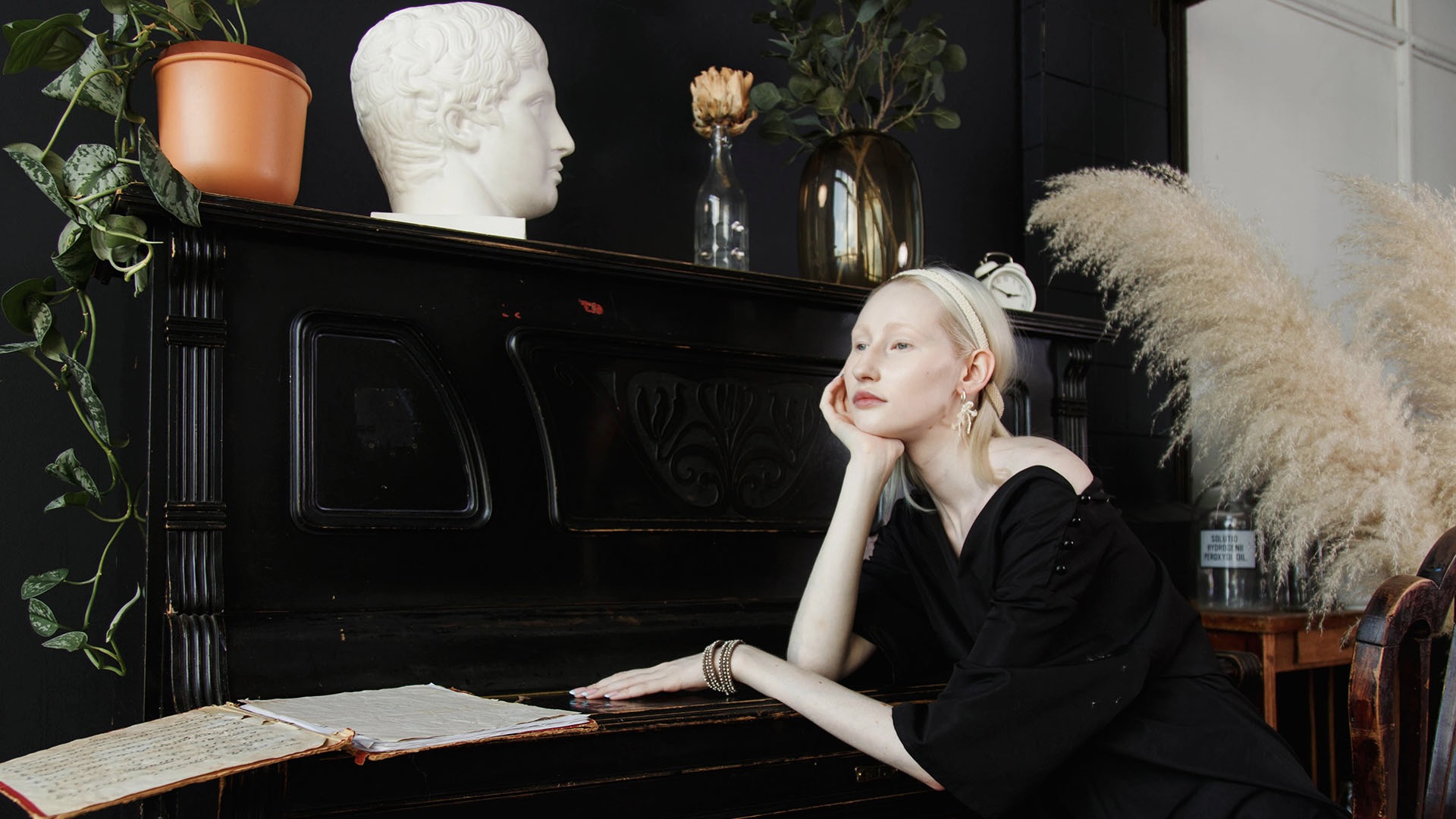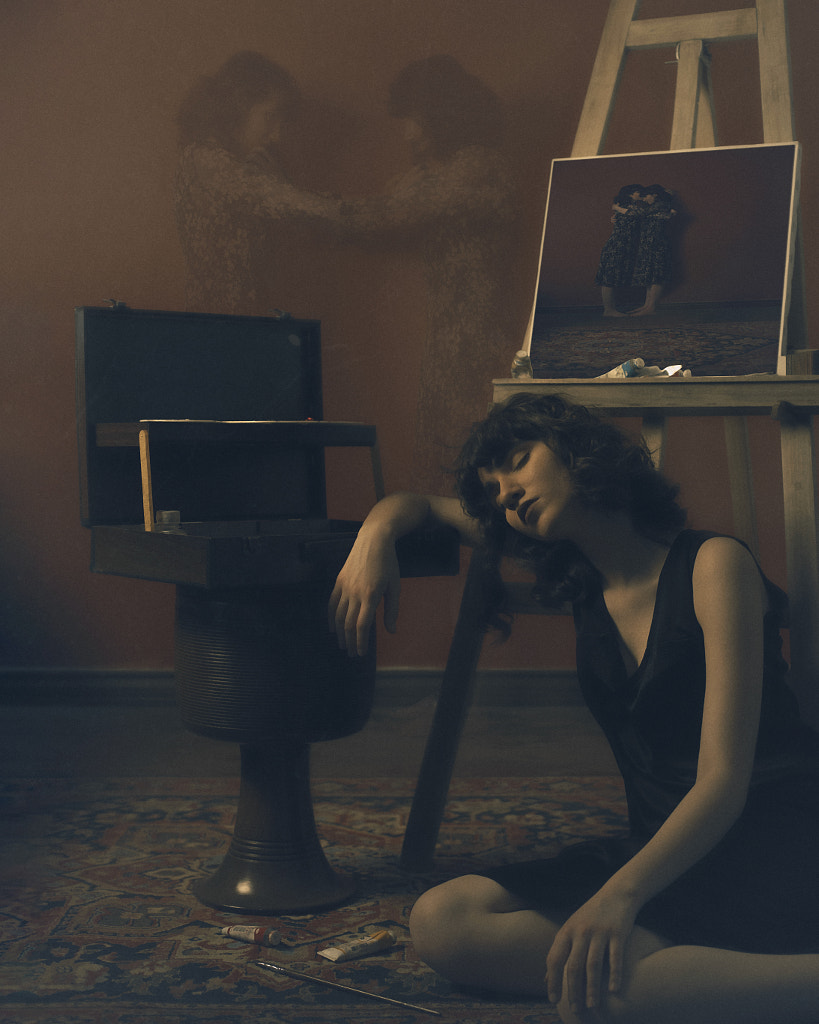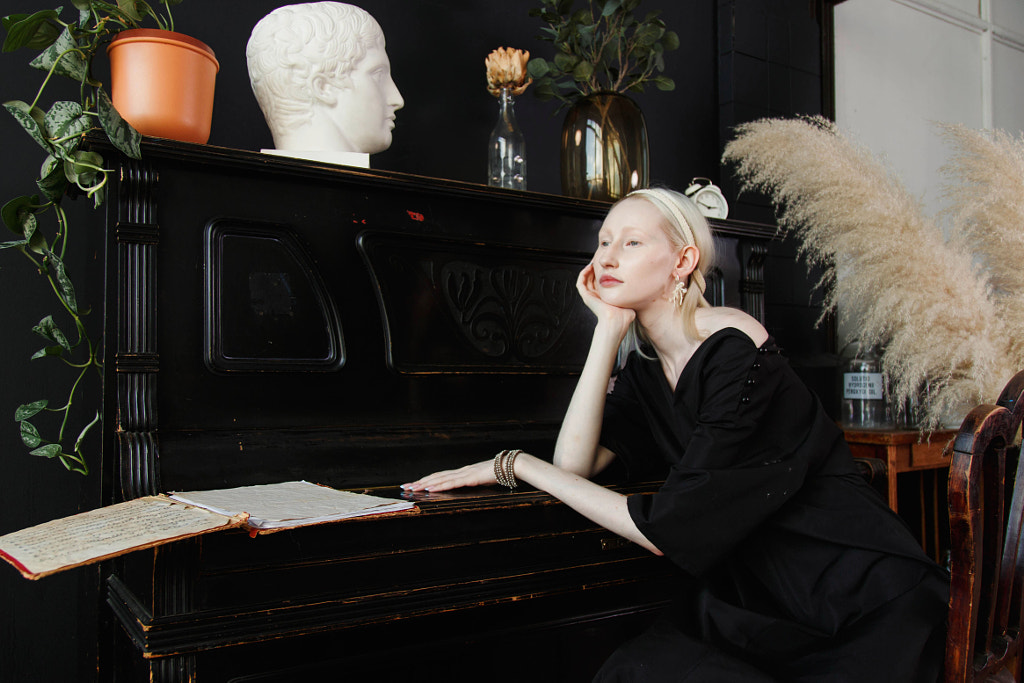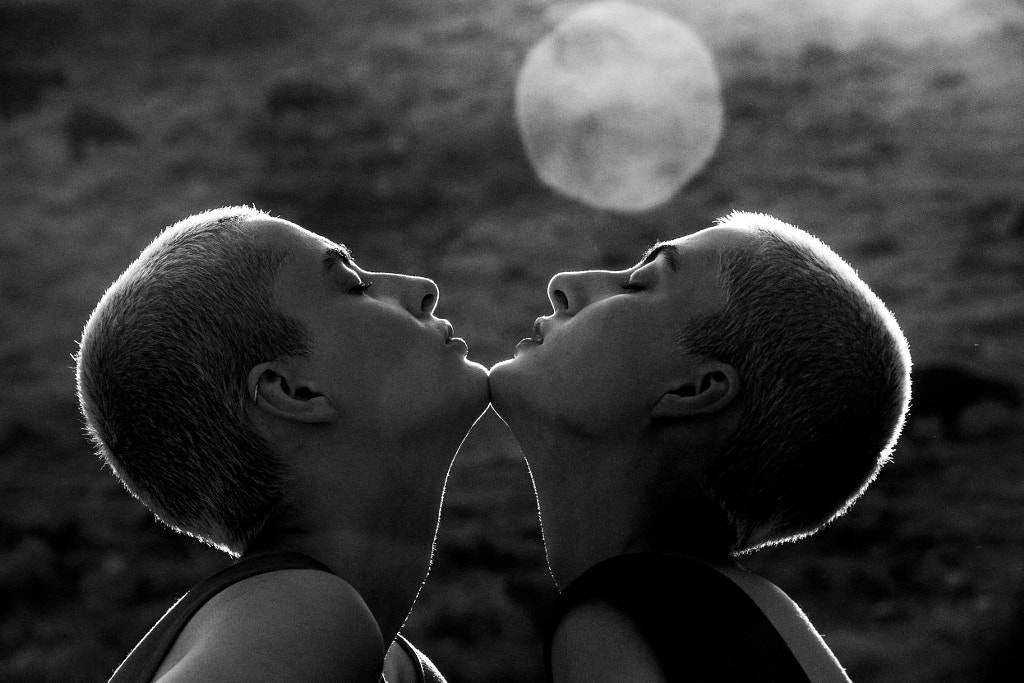When we asked the New York City gallerist Michael Foley to share his advice for aspiring photographers, his answer was simple: “Tell me why you make the work you do.” With that being said, you don’t have to use fancy words or have your thoughts perfectly organized from the get-go. “Leave that up to me or some museum curator,” Michael says. “But you better be able to have a conversation about it with me.”
That conversation might change over time, but the ability to talk about your work with others, whether it’s a gallerist or curator in the fine art world or a corporate or commercial client, is essential for both defining and communicating who you are as a photographer. Your photos will speak for themselves, but it’s your personal story—where you’ve come from and where you’re going—that will leave an indelible impression. Sometimes, it can even make all the difference when landing a client job or securing a spot in an exhibition.
Here are our top tips for talking about your photography clearly and confidently.
Tip #1: Use your own voice
Here’s another tip from Michael Foley, the gallerist at FOLEY Gallery: “Don’t make it up.” That is, avoid using art world jargon or language you don’t understand if you don’t connect to it. Stay true to how you speak and how you write, rather than trying to conform to what you think someone else wants to hear. Pushing through those barriers might mean striping it back and being vulnerable or sharing something personal, but that’s what will make you stand out from the crowd. Sometimes, it’s also okay to say “I don’t know yet” when asked about your work. Honesty is key.
Tip #2: Find (and cite) your inspiration
One way to communicate your style and perspective is through comparison. Think about the photographers and other artists who inspired you early in your career: maybe you liked the soft-focus look of Julia Margaret Cameron’s timeless portraits, or perhaps you connected with the unflinching honesty of Diane Arbus’s street scenes.
If you don’t know who inspires you yet, that’s okay too. Take some time for creative reflection—visit a gallery, museum, or library, and spend the day taking notes about where your eye travels. Do you notice any patterns, in terms of content, artistic expression, or aesthetic? If so, those references might be helpful in defining your own point of view.
Tip #3: Take notes
Speaking of note-taking, consider starting a journaling practice. You don’t have to share what you write with anyone, but keeping a log of your thoughts and memories can be invaluable in pinpointing how you see the world around you. You can combine writing with sketching or even include snapshots from your everyday life. Think of it as a scrapbook where anything goes. If you find yourself stuck, bring out your journal and see if it sparks anything.
When journaling, it can help to give yourself a time limit, maybe five to ten minutes. Set a stopwatch and keep your pen moving, stream-of-consciousness style. These short periods of writing are good for overcoming creative blocks or the desire to procrastinate.
Tip #4: Interview yourself
Another valuable exercise is asking yourself questions that get to the heart of your practice. If “Why do I photograph?” feels like too big a question, start with concrete, specific questions like, “What is my favorite photograph, and what’s the story behind it?” “What is my earliest memory of photography?” or “What materials (camera, lens, film, etc.) do I use and why?” You can then get a little more abstract with these kinds of questions: “How do I decide what subjects are worth photographing?” “What’s a photo I wish I’d taken that I didn’t?” “What emotion drives my work?”
Alternatively, if you’re not sure what questions to ask yourself, you can have a friend or acquaintance interview you—maybe someone who isn’t very familiar with your work. Let them come up with the questions, and record your conversation for note-taking later. See if there are certain verbs or adjectives you return to again and again; many artists find it helpful to develop a “word bank” of key phrases or attributes as part of their creative marketing strategy.
Tip #5: Ask your peers
Figuring out what makes you special and how to articulate it is easier said than done, but it can help to get an outside perspective. Your fellow photographers are some of your greatest resources here, so find a peer group you trust, whether it’s in person through photo walks or meetups or online through social media. When asking for feedback, offer to return the favor, and remember to ask lots of questions. Other artists can often identify missing pieces you’ve overlooked. You might be surprised by what you hear.
Tip #6: Know your audience
How you talk about your work will vary depending on who you’re pitching. A conversation with a curator well-versed in the history of photography, for example, will look very different from a conversation with an art director hiring you to shoot commercial pictures for an ad campaign. For that reason, it’s important to do your research and learn as much about your audience as possible.
If you’re going to a portfolio review, read up on the reviewer and familiarize yourself with the projects they’ve done in the past. Come prepared with a list of questions. If you’re meeting with a magazine editor, study the kinds of essays they’ve commissioned to learn where their interests lie. See if you can find some recent interviews online or in print. The more you know about the person, the better equipped you’ll be to connect with them on a genuine level.
Tip #7: Make more art
With all that said, one of the most important things you can do for your practice is to make more time for the work itself. The more you shoot, the easier it’ll be for you to recognize patterns, motifs, and ideas that run throughout your oeuvre. If you’re having trouble articulating why you do what you do, try doing more of it and seeing if the answer emerges over time.
The process of shooting for new clients, tackling new personal projects, or participating in regular challenges or assignments will naturally deepen your understanding of your voice and photography style. Take notes on what you felt, saw, and thought while looking through the viewfinder. You can use all of these everyday experiences later when finding the words to describe your practice, as people will want to know what your work looks like behind the scenes.
Tip #8: Practice
From consulting a gallerist to pitching a client, much of a photographer’s career is spent talking about their motivations, influences, and goals. The best way to learn how to talk about your work is by actually doing it, so practice with your peers. Try discussing your photos with a number of people, inside and outside the art world: another photographer, an editor, a professor, your neighbor, your mom. Tailor your approach to the person, and listen to what they have to say. The key word here is “conversation,” so stay true to yourself, and let these exchanges flow naturally.
Not on 500px yet? Sign up here to explore more impactful photography.















Leave a reply